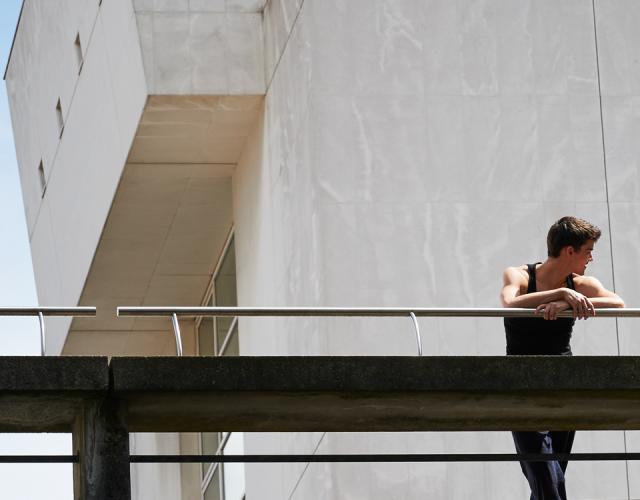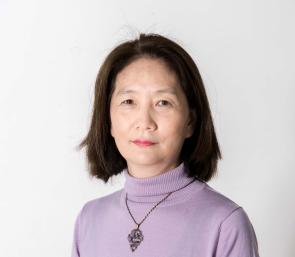
Piano accompaniment
INFORMATIONS
-
Objectives and content
Teaching focuses on :
- sight-reading (alone or with partners).
- orchestral reduction (symphonic, operatic or concertante works), and vocal ensembles.
- improvised accompaniment.
- transposition practice.
- study of the orchestral keyboard/contemporary piano.
- participation in CNSMDP activities (concerts, workshops, competitions, etc.).
- work on works from the great instrumental repertoire (participation in classes, master classes, recordings).
-
Assessment terms and conditions
1st year recital (not open to the public)
- orchestral reduction of a lyric or concert work (with the possible participation of a conductor or soloists and possible work with them) ;
- improvised accompaniment of a tonal melodic line performed by an instrumentalist or singer;
- transposition of a work with singing (up to a major third);
- performance of a work from the instrumental repertoire, communicated eight days before the examination date, and rehearsed once during the week with the soloist (rehearsal time: 45 minutes maximum) ;
- transcription, written and played by the student, of an extract from a symphonic work, imposed three weeks before the examination;
- an oral commentary by the jury after deliberation.
Rounds 1, 2 and 3 include a 40-minute practice session with the piano.
The jury reserves the right to intervene during the round.
2nd year recital (public)
- performance of one or more symphonic works chosen by the student. Maximum duration, 12 minutes (separate movements authorised);
- orchestral reduction and short choral reduction (in modern keys) ;
- performance of an orchestral keyboard part, imposed one week before the examination, with the possible participation of a conductor and work with the conductor;
- sight-reading of an instrumental, concertante or vocal work, followed or preceded by fine-tuning;
- performance of one or more works of vocal and/or instrumental chamber music chosen by the student and played with one or more students from the CNSMDP, lasting a maximum of 15 minutes.
Fortests 1 and 5, one of these works must be taken from the 20th or 21st century repertoire.
For rounds 2 and 4, there will be a one-hour practice session with the piano before the recital.
If the student is or has been studying composition at the CNSMD in Paris or Lyon, or has already obtained a composition diploma from a foreign higher education establishment, he or she may propose a piece from his or her repertoire for round 5.
In the case of a 3-year course, the2nd year recital is not open to the public and includes the same tests as in the 1st year.
The Piano Accompaniment Prize is awarded to the student who has won a prize in each of the two2nd year recitals.
The mention for the Piano Accompaniment Prize is the mention awarded by the jury for the recital in the2nd year of the2nd cycle.
-
Duration of studies
Throughout the course.
-
Reward
Validated
-
Erasmus
Yes


